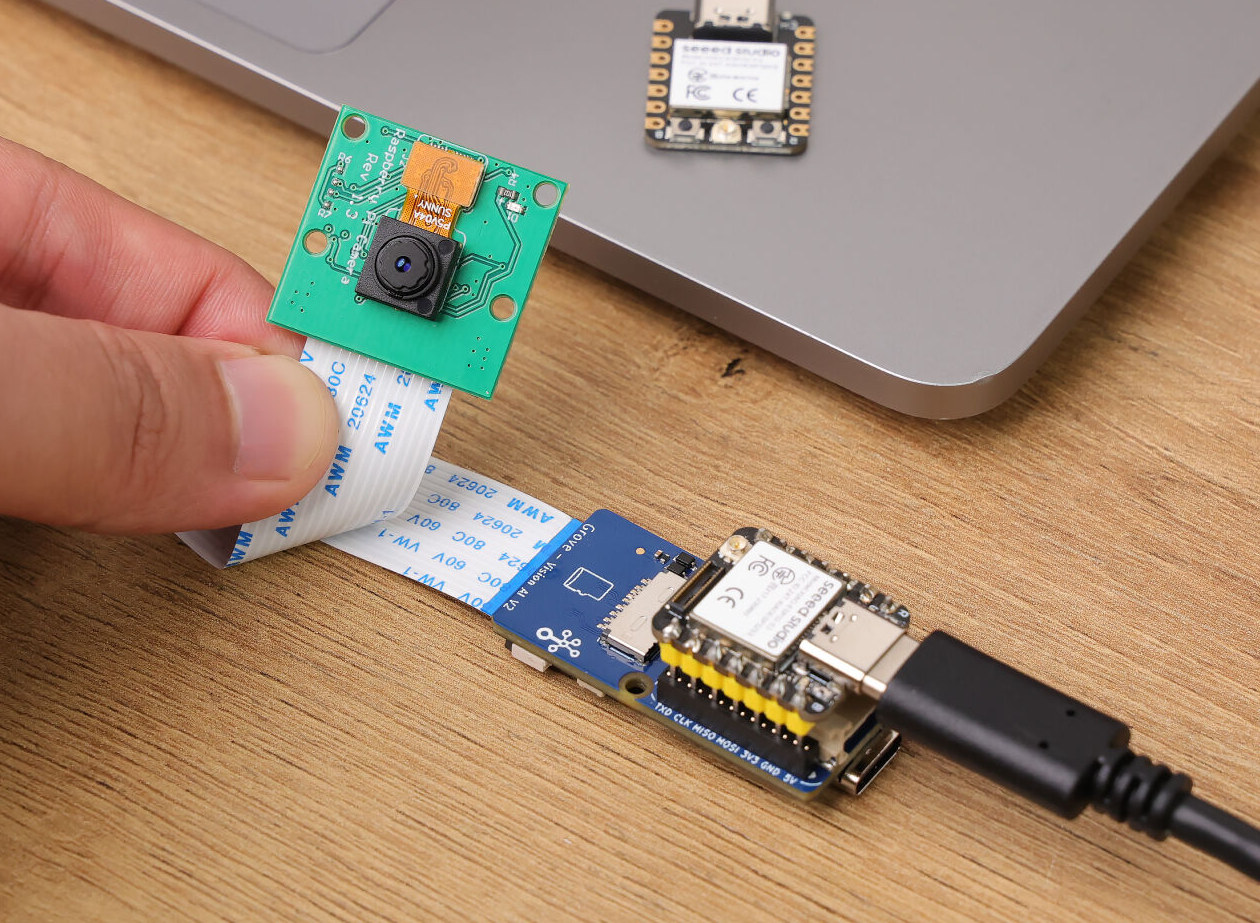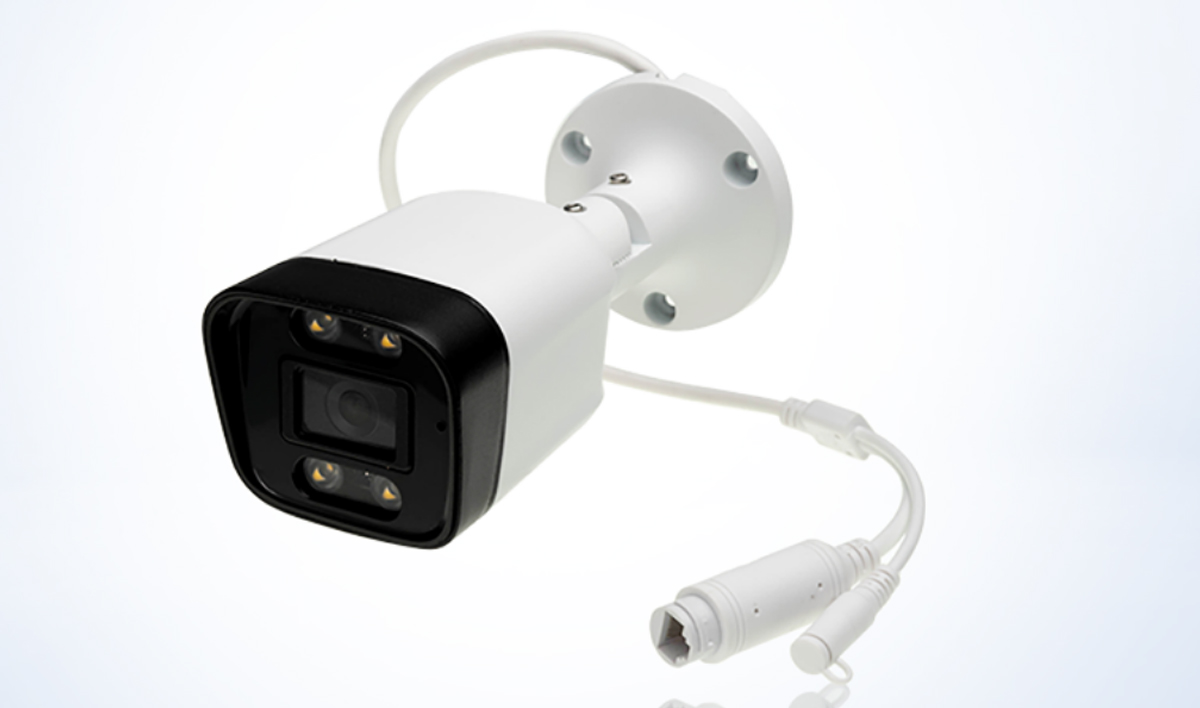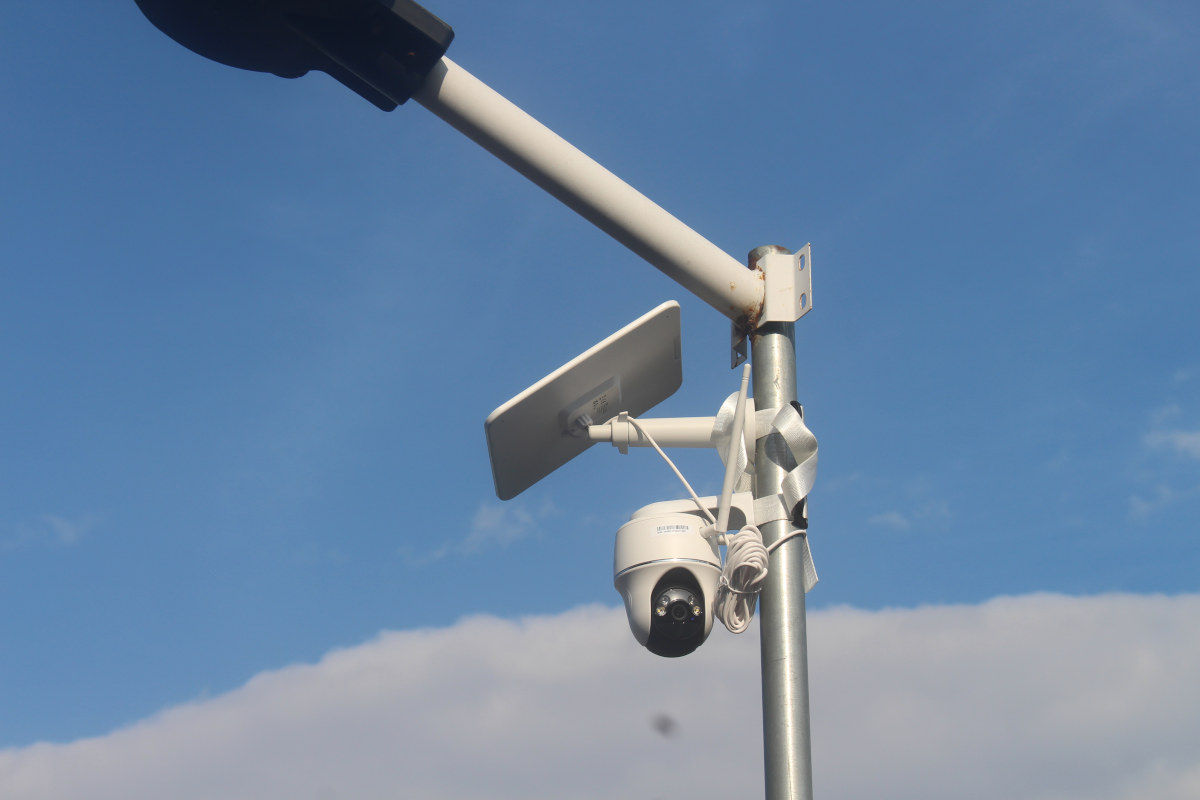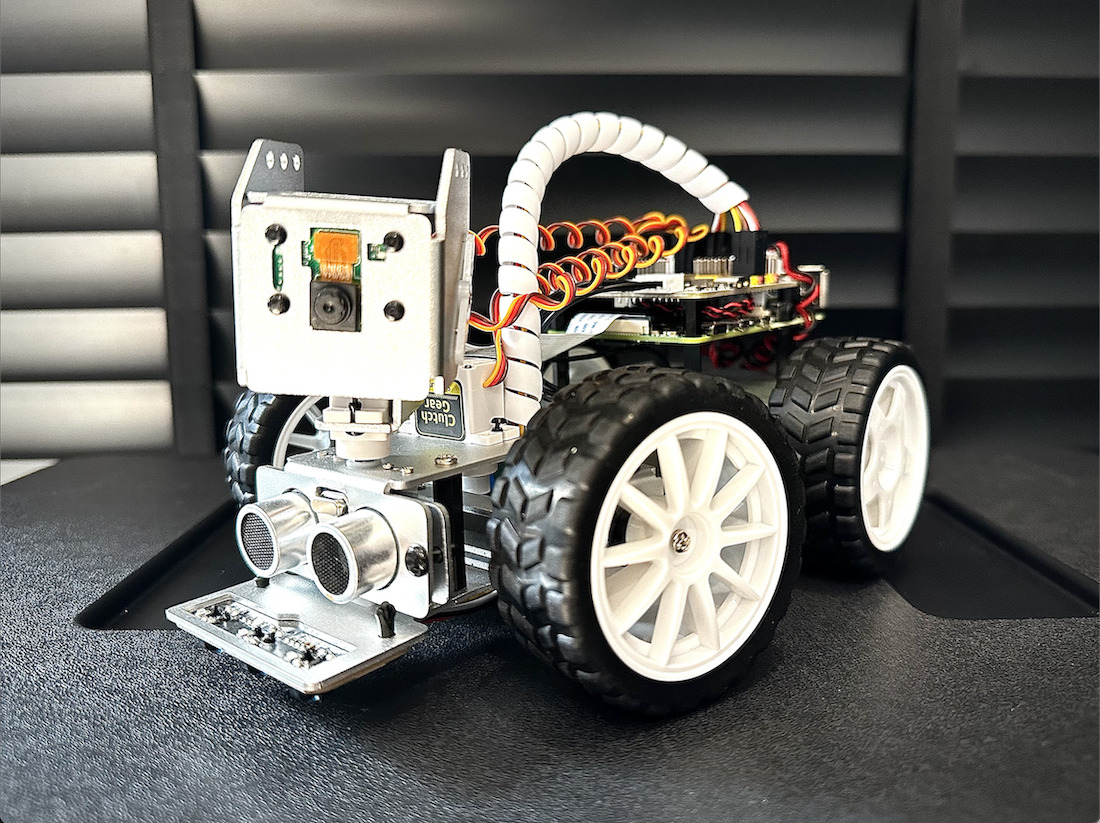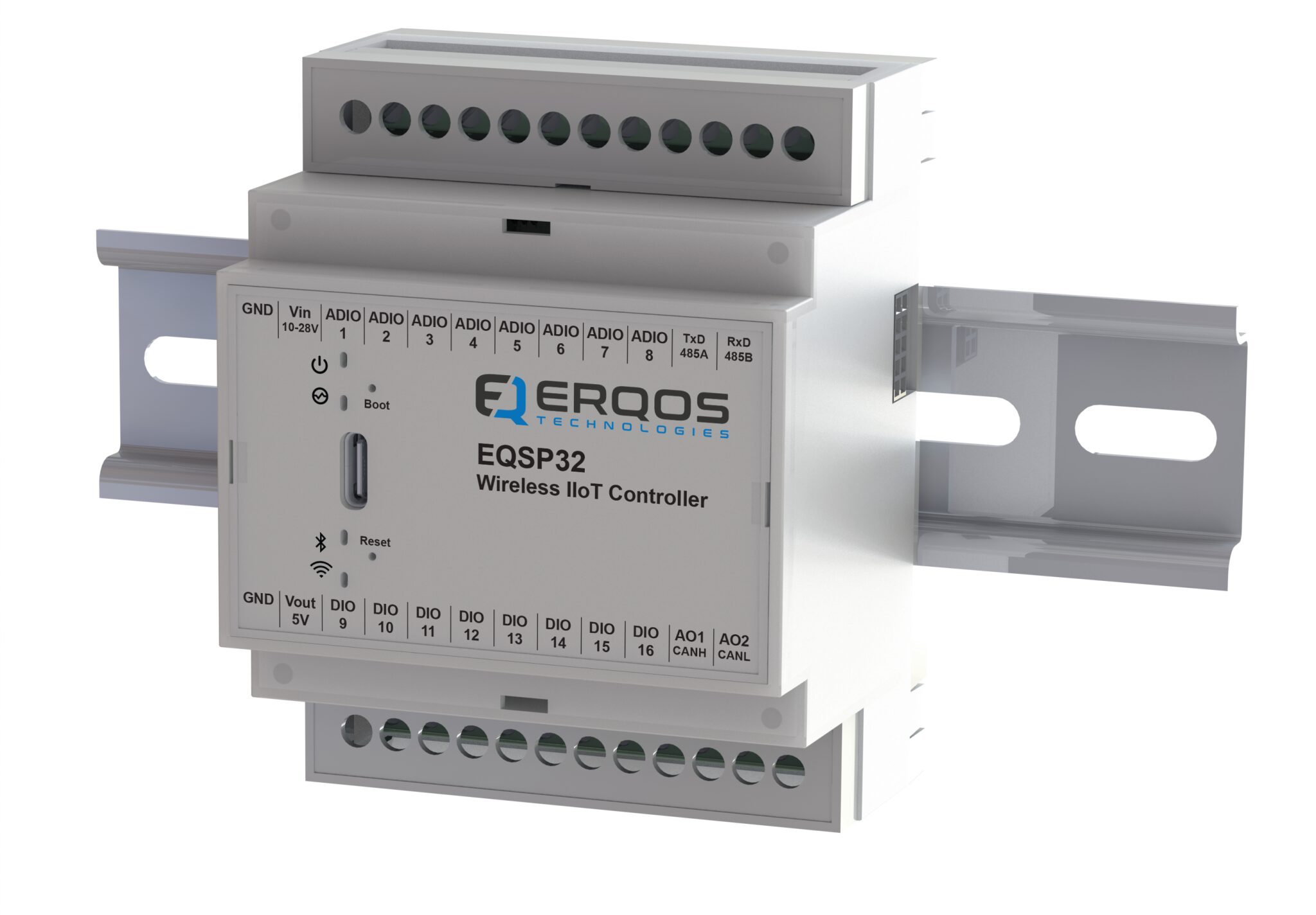Arducam PiNSIGHT is an AI camera board designed for the Raspberry Pi 5 equipped with a 12.3MP auto-focus module and an Intel Movidius Myriad X-powered SoM delivering up to 4 TOPS and supporting Intel OpenVINO deep learning models. The PiNSIGHT “AI Mate” is mounted underneath the Raspberry Pi 5 to which it is connected through a 15-cm USB-A to USB-C cable. The case is made of metal and acts as a heatsink, and Arducam told CNX Software it dissipates heat enough to cool down the Raspberry Pi 5, and they don’t think the active cooler is needed anymore. In other words, it also acts as a fanless enclosure albeit it’s not in contact with the CPU, so whether it’s enough probably depends on your use case… Arducam PiNSIGHT “AI Mate” specifications: AI accelerator – Luxonis OAK-SoM based on Intel Movidius Myriad X vision processing unit delivering up to 4 TOPS […]
Vivante NPU (found in Amlogic A311D) gets its open-source driver upstreamed to Mesa
The Teflon project is an open-source TensorFlow Lite delegate that currently supports VeriSilicon Vivante NPU and aims to support several other AI accelerators over time. The project has recently been upstreamed to Mesa meaning AI inference with open-source software will work out of the box in supported hardware once Mesa 24.1 is released in May 2024. Teflon relies on the Etnaviv open-source driver better known for working with Vivante GPUs found, for instance, in NXP i.MX processors, but Tomeu Vizoso also worked on implementing Vivante NPU support since May 2022 thanks to a sponsorship from Libre Computer and documented the development progress on this blog. The VeriSilicon Vivante “VIPNano-QI.7120” 5 TOPS NPU is found in the Amlogic A311D processor, and Tomeu tested Teflon with the Etnaviv NPU drive on both the Libre Computer AML-A311D-CC Alta and Khadas VIM3 single board computers with decent performance although still slower than with the […]
$16 Grove Vision AI V2 module features WiseEye2 HX6538 Arm Cortex-M55 & Ethos-U55 AI microcontroller
Seeed Studio’s Grove Vision AI V2 module is based on the HiMax WiseEye2 HX6538 dual-core Cortex-M55 AI microcontroller with an Arm Ethos-U55 microNPU and features a MIPI CSI connector for an OV5647 camera. It is designed for AI computer vision applications using TensorFlow and PyTorch frameworks and connects to hosts such as Raspberry Pi SBCs, ESP32 IoT boards, Arduino, and other maker boards over I2C. We tested the previous generation Grove Vision AI module based on the 400 MHz HX6537-A DSP-based AI accelerator using the SenseCAP K1100 sensor prototype kit with LoRaWAN connectivity, and managed to have the kit perform face detection and send the data over LoRaWAN. The Grove Vision AI V2 builds on that but with a modern Arm MCU core and more powerful AI accelerator that can run models such as Mobilenet V1/V2, Efficientnet-lite, and Yolo v5 & v8 using the SenseCraft low-code/no-code platform. Grove Vision AI […]
Firefly CT36L AI Smart Camera Features Rockchip RV1106G2 with 0.5 TOPS NPU, 100Mbps Ethernet with PoE support
Firefly CT36L AI Smart Camera (PoE) features a Rockchip RV1106G2 CPU with 0.5 TOPS NPU, a 5-megapixel ISP, and a 3-megapixel HD lens. It supports 100Mbps Ethernet with PoE and includes advanced image enhancements like HDR, WDR, and noise reduction, all while maintaining low power consumption and high image integration. We’ve previously explored various AI cameras such as Tokay Lite, EDATEC ED-AIC2020, ThinkCore TC-RV1126, Orbbec Persee+, M5Stack UnitV2 among others. Feel free to check them out for more information. Firefly CT36L AI Smart Camera (PoE) specifications: CPU – Rockchip RV1106G2 Arm Cortex-A7 @ 1.2GHz, with Neon and FPU NPU – 0.5 TOPS, supports INT4/INT8/INT16, TensorFlow/MXNet/PyTorch/Caffe/Onnx NN ISP – 5MP high-performance, HDR, WDR, 3DNR, 2DNR, sharpening, defogging, fisheye and gamma correction, feature detection VPU – 3072×1728 (5M) @ 30fps H.265/H.264 encoding, 16M@60FPS JPEG snapshot RAM – 128MB DDR3 built-in Storage – 16MB SPI Flash built-in Camera specifications: Type – Color Camera Image Sensor – SC3336 CMOS Size […]
Reolink Argus PT Ultra review – A solar powered 4K WiFi Pan-and-Tilt smart security camera
Nearly four years ago, I reviewed the solar-powered Reolink Argus PT pan-and-tilt security camera. The device worked (and still works) mostly fine, but it was at a time when security cameras did not implement AI features like people and vehicle detection just yet relying only on PIR motion sensors so I’d get plenty of false positives. The WiFi connection is not overly reliable either especially when I tried to access the camera from outside my house, something that does not happen with the PoE and 4G LTE models from the company. Reolink asked me whether I wanted to review the new Reolink Argus PT Ultra security camera with higher 4K resolution, dual-band WiFi support, as well as people, vehicle, and pet detection, and most of the same other features found on the older Argus PT. So I took up on the offer and I’ve used it for about one month […]
Spacetouch SPV60 AI audio processor features a 400 MHz Andes D25F RISC-V core
Spacetouch SPV60 is a RISC-V AI audio processor with an Andes D25F 32-bit RISC-V CPU IP core with P-extension (DSP/SIMD) that is also found in the Telink TLSR9 wireless audio microcontroller introduced in 2020. But the SPV60 is clocked at a higher 400 MHz frequency, adopts a CPU + NPU + uDSP heterogeneous multi-core architecture with a 100 GOPS AI accelerator and a micro DSP capable of handling 1024-point FFT and iFFT among other mathematical functions, and offers a range of peripherals interfaces such as USB 2.0, SPDIF, I2C, PDM for microphone arrays, and more. Spacetouch SPV60 specifications: CPU Andes D25F 32-bit RISC-V core with P extension (DSP/SIMD ISA) clocked at up to 400MHz 5-stage pipeline Hardware multiplication/division operations Single precision floating point accelerator 32KB I-Cache and 16KB D-Cache; 32KB L2 Cache Spacetouch-designed uDSP – Support for 1024-point FFT and IFFT, FIR, COS, SIN, SQRT, Arctan, LOG, and other functions […]
SunFounder PiCar-X 2.0 review – A Raspberry Pi 4 AI robot car programmable with Blockly or Python
SunFounder PiCar-X 2.0 is an AI-powered self-driving robot car using the Raspberry Pi 3/4 as the main processing board. It is equipped with a camera module that can be moved by a 2-axis servo motor, allowing the camera to pan or tilt, an ultrasonic module for detecting distant objects, and a line detection module. The PiCar-X robot can also perform computer vision tasks such as color detection, face detection, traffic signs detection, automatic obstacle avoidance, and automatic line tracking. The PiCar-X can be programmed with two computer languages: Blockly-based Ezblock Studio drag-and-drop program and Python, and the robot works with OpenCV computer vision library and TensorFlow for AI workloads. Finally, you can also control the robot through the SunFounder controller application on your mobile phone. The company sent us a sample of the Picar-X 2.0 for review, so let’s get started. SunFounder PiCar-X 2.0 robot overview The PiCar-X robot kit […]
The EQSP32 is a no-code, no-solder Industrial Internet of Things Controller powered by a generative AI assistant (Crowdfunding)
The EQSP32 controller is a complete, end-to-end solution for IoT applications that recently launched on Kickstarter. It is a compact, wireless Industrial IoT controller based on the ESP32-S3 wireless SoC with a 250MHz dual-core processor, 512KB of RAM, and 8MB of flash memory. The product leverages artificial intelligence and code for automation projects can be generated automatically by the bundled generative AI programming assistant. The EQSP32 controller features 16 terminals that can be configured as analog or digital inputs, or as digital outputs. Switches, pushbuttons, keypads, LED strips, sensors, servos, potentiometers, etc., can be connected to these terminals. It is similar to the EdgeBox-Edge-100 we covered a while back but lacks an Ethernet port and uses less power overall. EQSP32 specifications: SoC: Espressif Systems ESP32-S3 dual-core Tensilica LX7 microcontroller @ 240 MHz, 512KB RAM Memory – 8MB flash Network Connectivity: Bluetooth, WiFi USB – USB-C programming port I/O: 16 multipurpose […]




